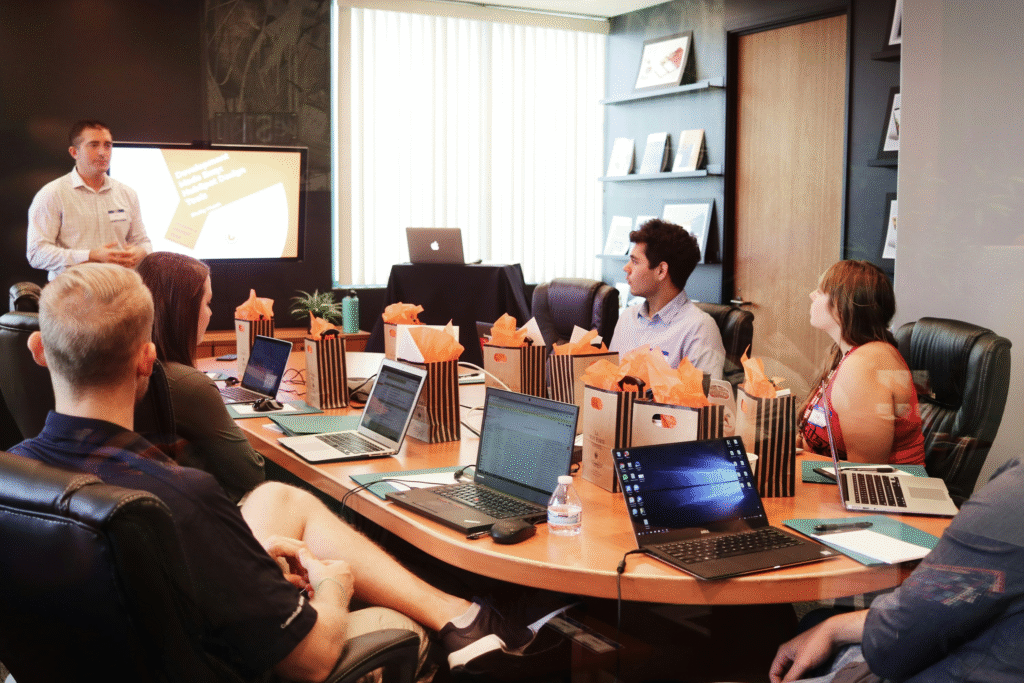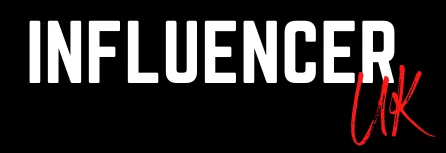In today’s world, where most job applications and interviews happen online, the way people present themselves digitally has become very important. One small picture on a resume or LinkedIn profile can make a big difference in how a company views a candidate. That’s why a new trend is taking over the internet—AI-generated headshots. These are computer-made profile pictures that look just like real professional photos but are created using artificial intelligence. They are changing how people prepare for job applications and interviews, especially for young professionals who are just starting their careers.
Earlier, if someone wanted a clean and professional-looking headshot for a resume or LinkedIn, they had to visit a photo studio. These studio sessions were not only time-consuming but also very expensive. A good headshot in the United States could easily cost a few hundred dollars. For students or people looking for jobs, spending that much money for a photo was often difficult. Many ended up using casual selfies, which did not always give the right impression to employers.
Now, with the help of AI headshot tools, this entire process has become cheaper, faster, and easier. Instead of hiring a photographer, people can simply upload a few selfies to an AI platform, and within minutes, they receive dozens of professional-looking headshots. The results often look like studio photos—complete with perfect lighting, neat backgrounds, and smart outfits. Some of the most popular platforms offering this service are InstaHeadshots, PhotoPacksAI, HeadshotPro, and Aragon AI. The cost for these tools usually starts under $50, which is much more affordable compared to traditional photography.

Melanie Fan, who works as the head of growth at a tech company called Plush, explained how costly photography used to be during her time as a student. “When I was at Yale, it was $200 for a 15-minute session for students,” she said. “It was really expensive. The process of getting the pictures back, rendering them, looking at which ones I looked the best in, and then sending it back to the photographer for edit.” This long and expensive process made professional photography difficult for many people, especially students and job seekers.
This frustration has led many to turn to AI-based solutions. These tools not only save money but also offer great results in a short time. All a person needs to do is upload a few photos, pick a style or background, and the AI automatically generates several polished headshots. These images look professional enough to be used on resumes, LinkedIn profiles, or company websites.
The results have been impressive for some users. Melanie Fan shared that after she changed her LinkedIn photo to an AI-generated one, she started receiving much more attention from companies. “After I changed my LinkedIn photo, the amount of inbound I’ve been getting from companies has skyrocketed,” she said. “Three to four times more messages from companies.” This shows that appearance and presentation still play a strong role in creating first impressions, especially in the digital hiring world.
Another major player in this trend is Canva, the popular design company. Canva recently introduced its own AI headshot feature, making it even easier for users to create or edit their professional photos. The platform allows users to retouch or restyle their AI headshots, ensuring they look both realistic and suitable for professional use. According to Canva’s latest Job Market Research Report, around 88% of job seekers now believe that having a polished digital presence can directly affect hiring decisions. This is a big increase—about 45% higher than the previous year.
The report also highlights that AI is becoming a major part of both sides of the hiring process. About 90% of hiring managers said they now use AI tools to help them shortlist or analyze candidates. On the other hand, 96% of job seekers who used AI to help with their applications said they received callbacks from companies. This means AI is not only helping companies but also empowering job seekers to improve their chances of being noticed.
While AI headshots are becoming very popular, they also come with certain concerns. Many people worry that these photos may look too “perfect” or fake. In some cases, AI tools may over-edit the picture—changing the person’s facial features or skin tone slightly—which could raise doubts about authenticity. Career experts are divided on this issue. Some believe that these images help people appear more confident and professional online. Others argue that they might make a person seem dishonest if the picture looks too artificial.
Even professional platforms like LinkedIn have shared their stance on this issue. The company allows users to upload AI-generated photos, but it also warns that its policies give it the right to remove photos that appear too misleading or unrealistic. LinkedIn encourages users to make sure their photos still look natural and reflect their true identity. After all, employers want to see real people, not overly polished versions created entirely by computers.
Despite these concerns, it’s clear that AI headshots are changing the way people present themselves professionally. For young graduates, freelancers, and remote workers, having an affordable and quick way to create a professional image is very helpful. It helps them stand out in a competitive job market without spending too much money. In a world where many first impressions happen online—whether through resumes, company profiles, or LinkedIn—having a neat, confident-looking headshot can truly make a difference.
At the same time, experts advise job seekers to use these tools carefully. While AI can enhance lighting, adjust posture, and clean up backgrounds, it’s important not to overdo it. A headshot should still look like the real person behind the photo. Employers appreciate honesty, and showing authenticity can help build trust from the very beginning.
In the future, AI technology is expected to become even more advanced. It might be able to create headshots that perfectly balance professionalism and realism, making them nearly indistinguishable from real photos. For now, AI headshots are giving job seekers new opportunities to present themselves confidently, especially in industries where appearance and presentation matter.
In short, AI headshots are reshaping how people apply for jobs. They save money, time, and effort while helping applicants look more professional online. However, just like any technology, they should be used wisely and honestly. Whether it’s an AI photo or a real studio picture, what matters most is that it reflects the person’s true self—ready to take on the world of work with confidence.


